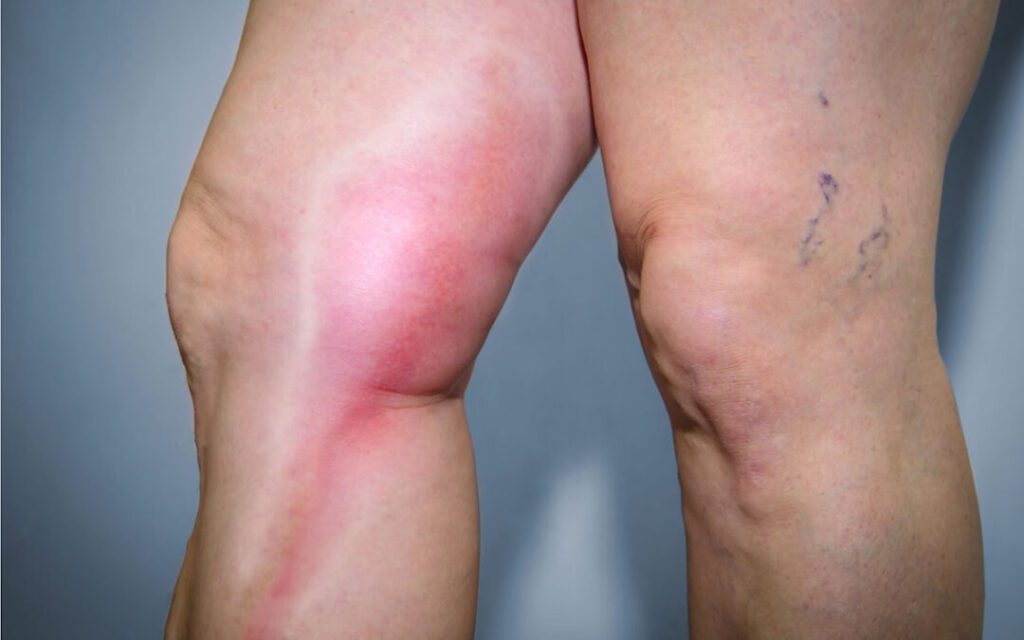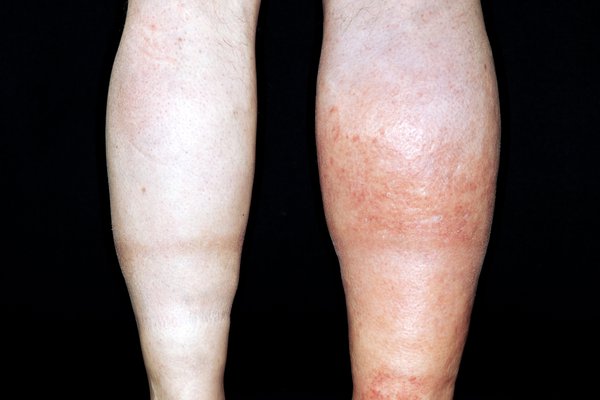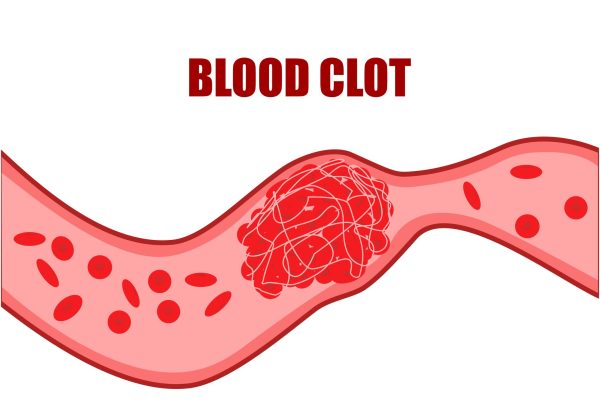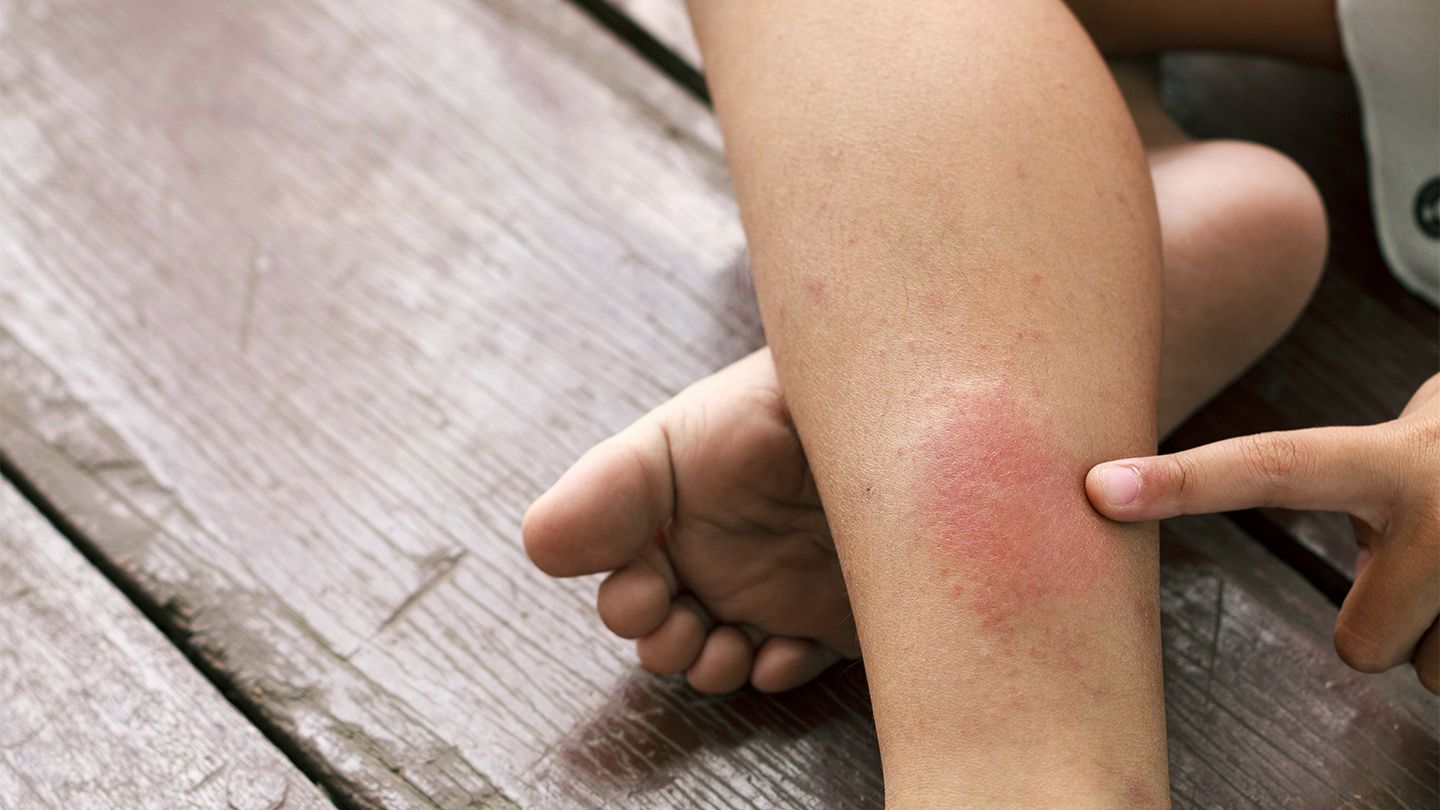Blood clots are a serious medical condition that can lead to severe health complications. Understanding the signs and knowing when to seek medical attention can make a significant difference in outcomes. This article explores seven common signs of a blood clot and provides guidance on what to do next.

Understanding Blood Clots
Blood clots, or thrombi, are semi-solid masses of blood that form in the veins or arteries. While clotting is a natural process that prevents excessive bleeding, abnormal clots can obstruct blood flow and cause serious health issues, such as deep vein thrombosis (DVT) or pulmonary embolism. Knowing the signs and symptoms is crucial for prompt diagnosis and treatment.

Common Signs of a Blood Clot
Recognizing the signs of a blood clot can be life-saving. These indicators are the body’s way of signaling that something may be wrong. Here are the seven most common signs of a blood clot:
Sign 1: Swelling in the Affected Area
Unexplained swelling in a limb, particularly the legs, can be a sign of deep vein thrombosis (DVT). The swelling is typically localized to one side and may appear suddenly. It occurs due to the blockage of blood flow, causing fluid to accumulate in the tissues.
Sign 2: Pain or Tenderness
Pain or tenderness in the affected area, especially when touched or pressed, can indicate a blood clot. This pain often starts in the calf or thigh and can be mistaken for a muscle cramp or strain. The discomfort usually worsens with time and activity.

Sign 3: Red or Discolored Skin
The skin over the affected area may become red or develop a bluish or purplish tinge. This discoloration occurs because the clot obstructs normal blood flow, leading to changes in skin color. Accompanying the discoloration, the skin might also feel warm to the touch.
Sign 4: Warmth in the Affected Area
The presence of warmth over the site of the clot is another common sign. This warmth results from the inflammation caused by the clot blocking the vein. The area may also feel more sensitive than usual.
Sign 5: Sudden Shortness of Breath
If a blood clot travels to the lungs, it can cause a pulmonary embolism, which may lead to sudden shortness of breath. This symptom is serious and requires immediate medical attention. It may be accompanied by a feeling of being light-headed or faint.

Sign 6: Chest Pain or Discomfort
Chest pain or discomfort, which can feel like a sharp, stabbing pain that worsens with deep breaths or coughing, may indicate a clot in the lungs. This condition, known as a pulmonary embolism, is life-threatening and demands prompt medical intervention.
Sign 7: Rapid Pulse or Heart Rate
A blood clot can put a strain on the cardiovascular system, leading to a rapid pulse or heart rate (tachycardia). This symptom, especially if it is accompanied by any others on this list, is a warning sign that should be evaluated by a healthcare professional immediately.

What to Do if You Suspect a Blood Clot
If you experience any of these signs, it is important to take them seriously. Avoid massaging the affected area, as this can cause the clot to dislodge and travel to other parts of the body. Seek medical attention immediately to confirm the diagnosis and begin appropriate treatment.
Seeking Medical Attention
Prompt medical evaluation is crucial if you suspect a blood clot. Doctors may use ultrasound or other imaging techniques to detect clots and will likely perform blood tests. Treatment may include anticoagulant medications to prevent further clotting, and in some cases, surgical intervention may be necessary.

Prevention Measures
Preventing blood clots involves maintaining a healthy lifestyle and being aware of risk factors. Regular exercise, staying hydrated, avoiding long periods of immobility, and managing existing health conditions can reduce your risk. For those at higher risk, doctors may prescribe blood-thinning medications as a preventative measure.
Conclusion
Blood clots are a medical emergency that requires immediate attention. Understanding the signs and knowing what steps to take can save lives. Always consult a healthcare professional if you suspect a blood clot, and take preventive measures to protect your health.

